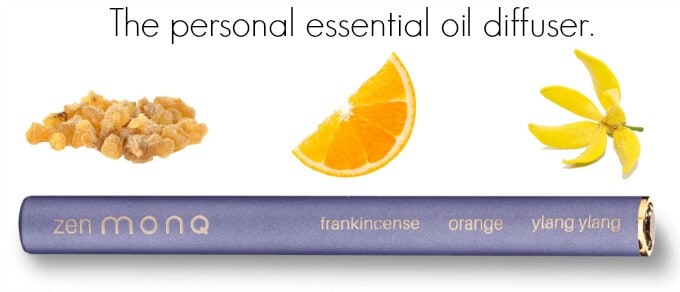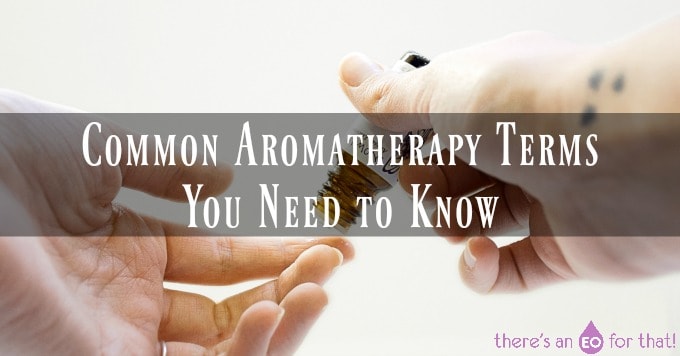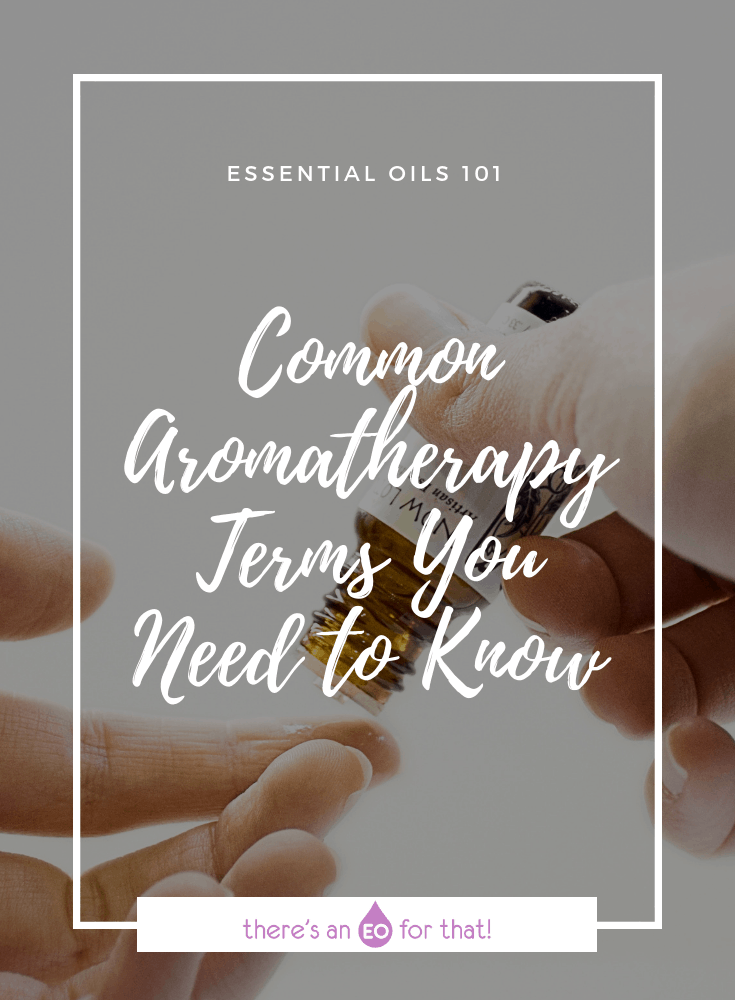As you continue to grow your knowledge in regards to the history, extraction methods, use, precautions, and therapeutic benefits of essential oils, you will undoubtedly come across terms you may not be familiar with.
It is important for budding aromatherapists to be able to identify and define these terms in order to better understand the basics of essential oils.
Beginner Terminology for Budding Aromatherapists
Below are some of the most common aromatherapy terms and their definitions. Mastering these is the first step in becoming more familiar with the world of essential oils.
Absolute – A highly concentrated semi-solid or solid aromatic material that has been extracted via the use of chemical solvents, typically ethanol, at room temperature. The ethanol solution is then cooled and filtered to eliminate the waxes and the ethanol is later removed via distillation during the final stages of production.
Adulterant/Adulteration – Any material that has been added to a genuine essential oil which alters its original composition or aroma. These “materials” can be chemicals from other essential oils like linalool, or a substance used to “cut” an essential oil like a carrier oil.
Base Oil/Carrier Oil – A vegetable or nut oil like coconut oil, sweet almond oil, jojoba oil, olive oil, etc.
Chemotype – The variation in the chemical composition of an essential oil produced from two or more plants of the same species.
CO2 – Aromatics extracted using the supercritical carbon dioxide extraction method.
Concrete – Extracts obtained through the use of non-aqueous solvents from fresh plant material. They consist of mainly waxy components of plant materials that are prepared for the production of absolutes.
Contraindicated – Should not be used in the case in question.
Diffuser – A device that disperses microparticles of essential oil into the air through ultrasonic vibration.
Dilute – To add a small amount of essential oil to a base like a carrier oil, water, cream, or aloe gel to make it safe for use on the skin without irritation.
Distillation – The most common method used to extract essential oils from plant material through steam.
Essential Oil – A highly concentrated aromatic substance that is found within specialized plant cells. When these substances are still within the plant material, they are referred to as essences. After steam distillation of a single type of plant, the substance is referred to as an essential oil.
Expression – The method of extraction specific to citrus essential oils by mechanically pressing the fruit peels to release the oil. These oils are considered to be cold-pressed.
Fixed Oil – A fatty, non-volatile vegetable oil. Aka base oil or carrier oil.
Folded – A re-distilled essential oil at low pressure to isolate certain chemical components and then concentrated 5-10 times in order to create a stronger smelling essential oil.
GC/MS (Gas Chromatography/Mass Spectrometry) – An analytical technique used to separate the constituents of an essential oil to determine whether it is pure or adulterated by synthetic chemicals or other materials.
Herbal Infused Oil (aka an Infusion) – A fixed oil that has been infused with a medicinal herb, strained, and then used directly on the skin.
Hydrosol – Aka floral water. This is the water recovered from the distillation process.
Neat – The use of an essential oil undiluted on the skin.
Notes – A classification system based on aroma to identify certain oils such as top notes, middle notes, and base notes. Citrus oils are considered top note, essential oils made from flowers, stems, and leaves are middle notes, and essential oils made from resins, bark, and roots are considered base notes.
Orifice Reducer – The device inserted at the top of an essential oil bottle that controls the size of the opening of the bottle. This allows for accurate dispensing of essential oil.
Oxidation – When heat, light, or exposure to oxygen affects the integrity of an essential oil causing it to deteriorate over time.
Phototoxic/Photosensitive – Makes one’s skin more prone to UV damage when exposed to direct sunlight. Citrus oils like bergamot and lime, as well as other essential oils like angelica, are phototoxic in nature.
Rectification – The process of re-distillation applied to some essential oils in order to remove unwanted constituents.
Resin – A solid or semi-solid substance of vegetable origin exuded from plants and trees like pine, frankincense, and myrrh.
Resinoid – A material prepared from natural resinous material such as gum resins by solvent extraction.
Solvent Extraction – A form of essential oil extraction that uses solvents such as hexane, ethanol, or methanol.
Synergy – The effect of two or more agents working together harmoniously to produce an effect that is greater than the sum of its separate parts.
Volatile – Describes how quickly a substance evaporates or disperses itself into the air.
What other aromatherapy terms are, in your opinion, essential for beginners? Please share in the comments below!
You may also enjoy reading:
Beginners Guide to Essential Oils – Part 1
Where to Start with Essential Oils
The Health Benefits of Using an Essential Oil Diffuser
 This post contains affiliate links. We are a participant in the Amazon Services LLC Associates Program, an affiliate advertising program designed to provide a means for us to earn fees by linking to Amazon.com and affiliated sites. Please read my full disclosure and disclaimer.
This post contains affiliate links. We are a participant in the Amazon Services LLC Associates Program, an affiliate advertising program designed to provide a means for us to earn fees by linking to Amazon.com and affiliated sites. Please read my full disclosure and disclaimer. 



Leave a Reply